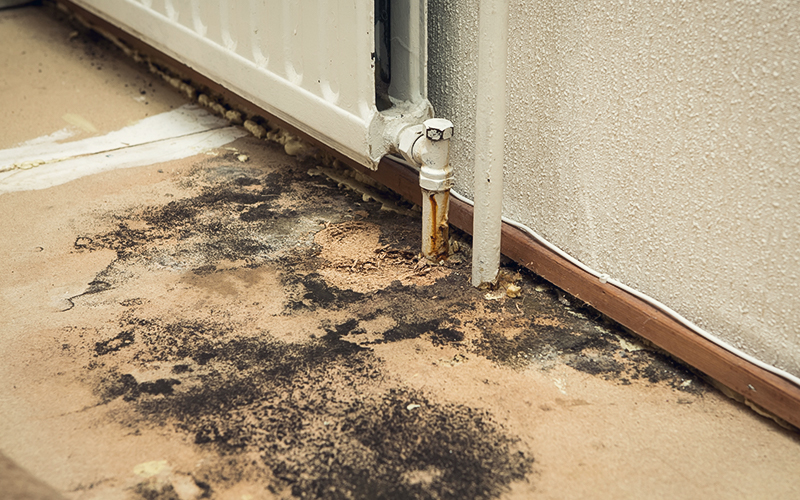Most homeowners know that mold growth thrives s in damp and dark spaces. As a result, you can find it in your attic, basement, and even inside your walls. However, many people sometimes forget that mold can infest pipes and drains. Unfortunately, this mold is more difficult to deal with because you can’t easily reach the colonies.
Luckily, there are some ways you can stop mold from growing and spreading throughout your home. While these methods can handle early signs of infestations, mainly designed for prevention.
How Do I Know if I Have Mold in Pipes and Drains?
Mold spores are virtually everywhere, but they only survive when conditions are optimal. Mold likely grow in your sink drain because of the enough moisture and humidity, which are favorable conditions. Mold in the sink drain can be very hard to identify but can be recognized by the color, smell, and even allergic reactions when one is using the sink.
How to maintain your drains
To keep your drains clear of any blockages you should make sure that you have the following items to hand:
-
Protective glasses
-
Rubber gloves (elbow length if possible)
-
Baking soda (or bicarbonate of soda)
-
Soda crystals
-
White vinegar
-
A kettle
-
A container for collecting fats
Clean Your Pipes and Drains
First, you should clean your pipes and drains to remove existing mold colonies. The easiest way to do that is to boil water and pour it down the drain. Or just let the boiling water run for a couple of minutes. That way, you clean the drains and pipes at the same time.
Another effective method is to mix baking soda and vinegar. Combine a cup of white vinegar together with a quarter cup of baking soda and pour it down the drain. In about 15 minutes, the mixture will remove most of the mold and leave you with a clean pipe.
However, while relying on home remedies like boiled water or baking soda and vinegar is a good idea, you should avoid using household bleach. That’s because it can release fumes that cause health problems. Bleach can also have an abrasive effect on pipes, damaging them over time.
What Is Black Mold?
Let’s start with the basics and understand what black mold is exactly. As you can imagine, we get many calls from homeowners concerned that what they’re encountering is, in fact, black mold. Black mold, or Stachybotrys chartarum, is a type of mold that lives on moist surfaces that are rich in cellulose, like drywall, gypsum board, and fiberboard. As the name suggests, it appears as a colony with a black, slimy, or dark green surface. To get even more specific, it’s a variety of microfungus that produces its conidia in slime heads.
What makes black mold so dangerous and toxic is the fact that it produces mycotoxins, which are poisonous chemicals. Skin contact, inhalation, and ingestion can lead to a variety of symptoms, including nausea, headaches, and respiratory problems.



